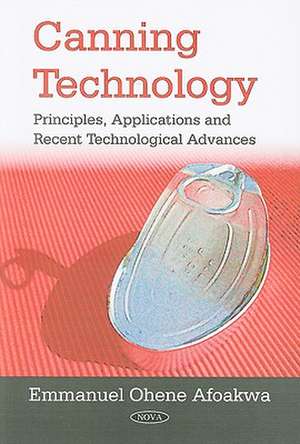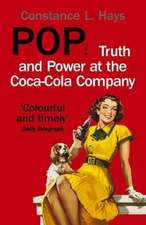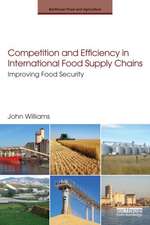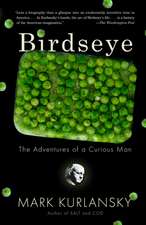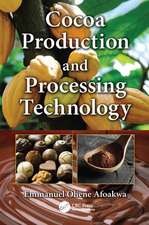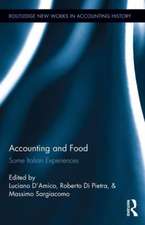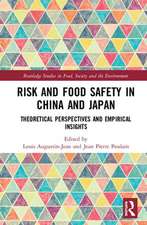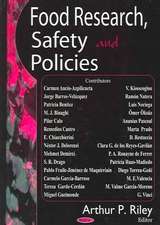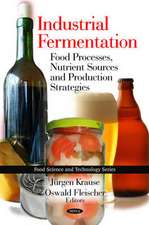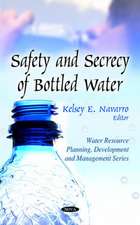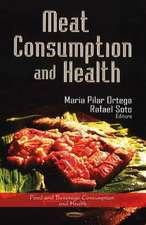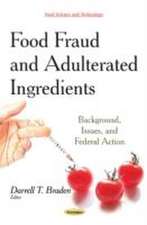Canning Technology
Autor Emmanuel Ohene Afoakwaen Limba Engleză Paperback – 31 oct 2008
Preț: 176.33 lei
Preț vechi: 235.75 lei
-25% Nou
Puncte Express: 264
Preț estimativ în valută:
33.74€ • 36.08$ • 28.13£
33.74€ • 36.08$ • 28.13£
Carte disponibilă
Livrare economică 28 martie-11 aprilie
Preluare comenzi: 021 569.72.76
Specificații
ISBN-13: 9781604566536
ISBN-10: 1604566531
Pagini: 85
Ilustrații: tables & charts
Dimensiuni: 154 x 228 x 7 mm
Greutate: 0.18 kg
Editura: Nova Science Publishers Inc
ISBN-10: 1604566531
Pagini: 85
Ilustrații: tables & charts
Dimensiuni: 154 x 228 x 7 mm
Greutate: 0.18 kg
Editura: Nova Science Publishers Inc
Cuprins
Preface; Introduction; The Canning Process; Canning Techniques in Food Processing Applications; Modelling and Optimisation Techniques in Canning Technology; Application of Response Surafce Methodology for Process Optimisation During Food Canning Operations; Study One: Canning of Cowpea (VIGNA UNGUICULATA); Study Two: Canning of Bambara Groundnut (VOANDZEI SUBTERRANEA); Conclusions; Index.
